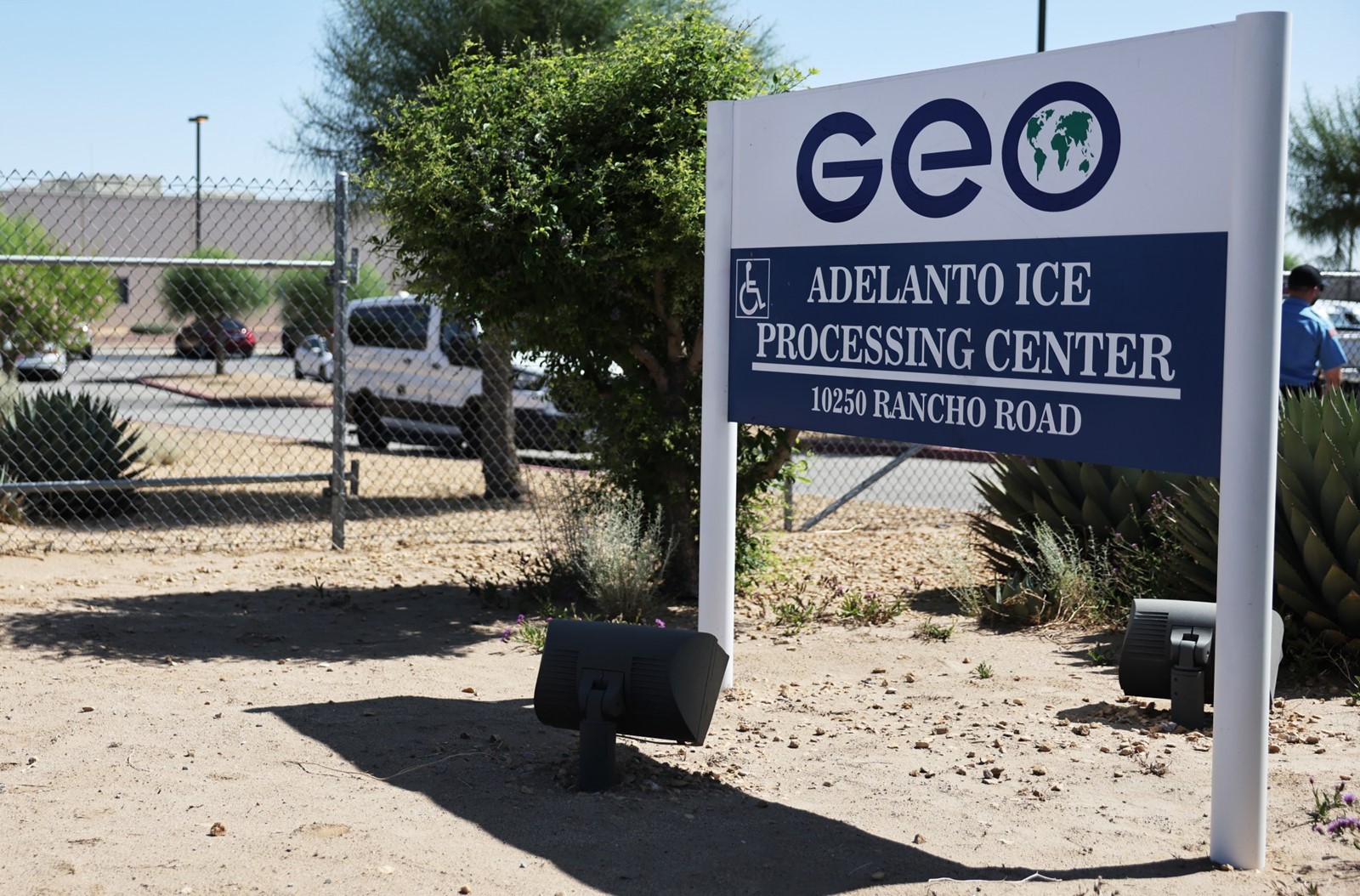
When Rep. Jay Obernolte, R-Hesperia, recently visited the Adelanto ICE Processing Center, the three-term member of Congress saw detainees wearing colored uniforms based on their criminal record. Detainees in blue, U.S. Immigration and Customs Enforcement staff told him, were of the lowest risk level, while those in orange or red uniforms had committed felonies while in the United States.
“That was astonishing to me, because almost all of the detainees that I saw were in either orange or red,” Obernolte said Thursday, July 17. “There were hardly any blue uniforms.”
The high percentage of detainees classified as criminals at the Adelanto ICE center is an exception, however, according to the agency’s own data.
About every two weeks, ICE releases updated data on those it detains. According to data released on July 7, 69% of the 213 detainees at the High Desert center Obernolte visited on July 11 were criminals. The classification includes both convicted criminals and those with pending criminal charges.
But statewide, only 28.26% of the 3,284 people currently in detention are criminals, according to ICE.
That’s not unusual. Nationwide, there were 47,238 people being detained by ICE as of July 7. According to the agency, 13,656 of those detained — 28.9% — were categorized as criminals.
ICE did not respond to repeated requests for comment on this story.
Threat levels
President Donald Trump‘s administration has repeatedly said it’s targeting “the worst of the worst” — including terrorists, gang members and violent criminals — in the immigration sweeps that began soon after his second inauguration on Jan. 20.
But ICE is detaining more than violent criminals, according to its own data.
The agency sorts those it detains into four “threat levels.”
“Threat level is determined by the criminality of a detainee, including the recency of the criminal behavior and its severity,” the footnotes in ICE’s Detention Statistics spreadsheet explains. “A detainee can be graded on a scale of one to three with one being the highest severity. If a detainee has no criminal convictions, he/she will be classified as ‘No ICE Threat Level.’ “
As of July 7, 36.43% of the detainees at the Adelanto ICE center were categorized “Threat Level 1.”
“These numbers confirm what we’ve been seeing for years, that the overwhelming majority of people in ICE detention do not pose any threat to public safety,” Javier Hernandez, executive director of the Inland Coalition for Immigrant Justice, wrote in an email on Thursday, July 17.
“In fact, only a small fraction are classified as ‘Threat Level 1,’ and even that designation is often vague and not always based on actual convictions,” he continued.


 PREVIOUS ARTICLE
PREVIOUS ARTICLE
